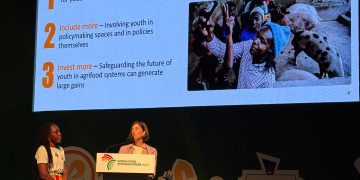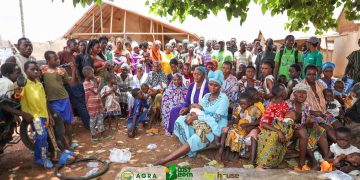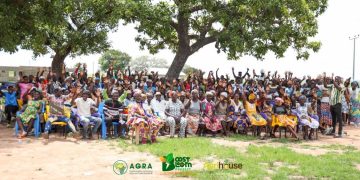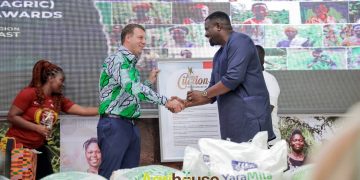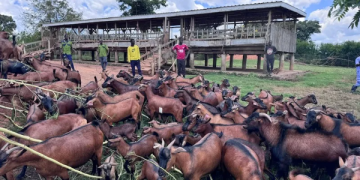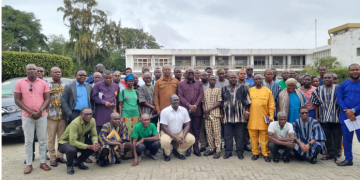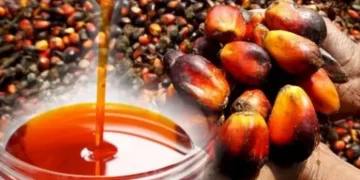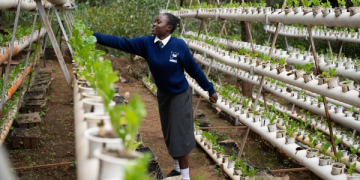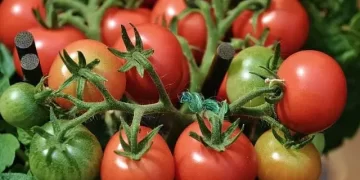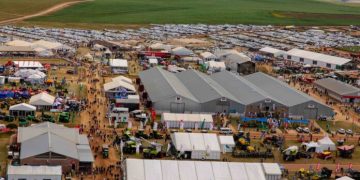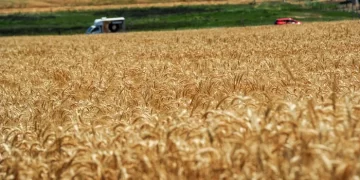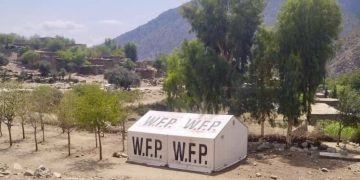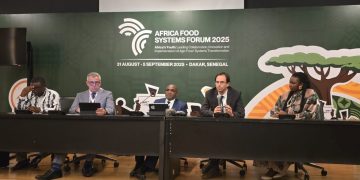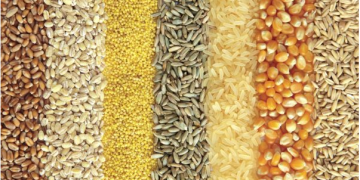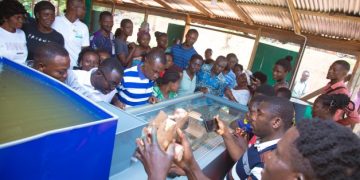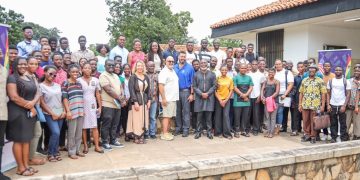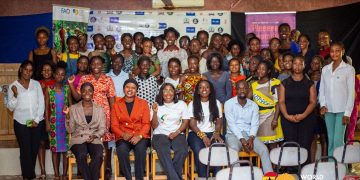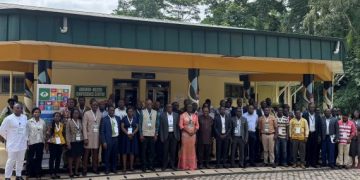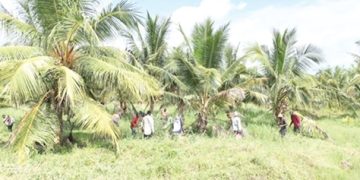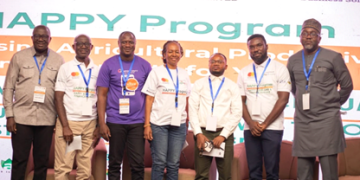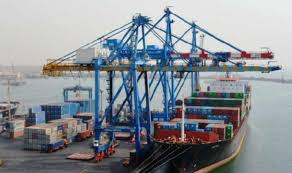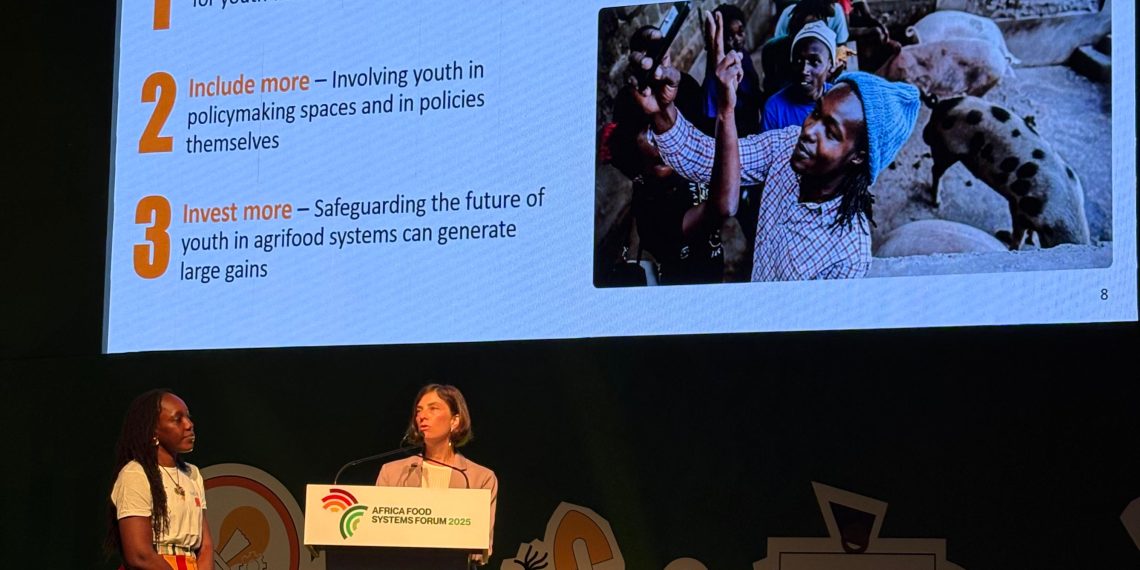The Food and Agriculture Organization of the United Nations (FAO) continues to prove itself as an agent of change, transition, and transformation in shaping the future of youth within global agrifood systems. By not only “talking the talk” but actively “walking the talk,” FAO has consistently ensured that young people are not left behind in conversations and decisions that will define the food systems of tomorrow.
At the recently held African Food Systems Forum in Dakar, Senegal, FAO once again demonstrated its commitment by providing the youth with a seat at the table. When FAO gave the platform to Alberta Nana Akyaa Akosa, Executive Director of Agrihouse Foundation, who doubles as the National Lead of the World Food Forum Ghana Chapter, and also served as the representative of World Food Forum African Chapter at the event , under the World Food Forum, a youth-led movement and network established under the Food and Agriculture Organization of the United Nations (FAO) in 2021, to co-present the findings of The Status of Youth in Agrifood Systems Report, Together with Dr. Phillips Lauren Michelle, Deputy Director of FAO’s Rural Transformation and Gender Equality Division.
Through this effort, youth are not just beneficiaries but active shapers of agrifood systems. By consistently creating platforms for youth involvement through the World Food Forum Activities and related initiatives, FAO is driving a new era of inclusivity, equity, and opportunity. This commitment reaffirms the importance of investing in young people, particularly in Africa, where the youth population is not only growing but holds the key to sustainable food systems transformation.
As the findings of the report highlight both challenges and opportunities, it is evident that with the right support, Africa’s youth can transition from being vulnerable participants to becoming the drivers of innovation, productivity, and resilience in agrifood systems. FAO’s approach stands as a model of action, ensuring that no youth is left behind, and that the future of food systems is truly youth-led, inclusive, and sustainable.
This gesture by FAO goes beyond symbolism it is a clear demonstration of trust in Africa’s youth and acknowledgment of their critical role in shaping sustainable agrifood systems. Over the years, FAO has consistently engaged young people through the World Food Forum (WFF), its workshops, seminars, webinars, and youth-focused participation in FAO’s flagship programs in Rome. These efforts highlight the organization’s drive to empower young people, amplify their voices, and provide practical opportunities to influence policies and strategies that directly impact their future.
The Status of Youth in Agrifood Systems: FAO Findings
Globally, an estimated 1.3 billion young people are between the ages of 15 and 24. Youth demographic trajectories vary across regions, reflecting differences in economic development, fertility rates, and migration patterns. Youth populations remain large and continue to grow in low-income countries of sub-Saharan Africa and Southern Asia, but are smaller and shrinking in higher-income countries.
Despite rapid urbanization, rural areas still accommodate 46 percent of the global youth population. While most rural youth live in areas with high agricultural productivity potential and moderate to high market access, some 395 million reside in areas projected to experience a decline in agricultural productivity due to climate change.
Migration plays an important role in shaping young men and women’s livelihood trajectories. Both men and women are more likely to migrate before they turn 25 years old, indicating a strong association between youth and significant social, economic, and spatial transitions.
Improved access to assets and resources, including quality education and training, land, finance, and technologies, supports young people in securing a decent wage and self-employment opportunities in agrifood systems. However, young people, particularly rural youth and young women, frequently face challenges in accessing resources due to generational and gendered power dynamics, as well as structural, economic, social, and spatial constraints.
Barriers such as delayed inheritance of land, land fragmentation arising from intergenerational subdivision of land, rising land prices, and limited access to capital hinder young people from establishing themselves as independent farmers and agripreneurs.
Additionally, rural youth lag behind their urban counterparts in access to social networks, education, and training, limiting their wage employment prospects within agrifood systems. Young rural women are particularly disadvantaged. For example, they are more likely not to be in education, employment, or training than young rural men, largely due to a higher care burden and early marriage, which contributes to economic disadvantages later in life.
In rural areas in particular, digital technologies and information and communication technologies (ICTs) can help youth access and join social networks, education, and training, which is critical for participation in agrifood systems. This is possible in part because young people are more connected to the internet than adults.
These constraints and opportunities condition youth participation in, and benefits from, agrifood systems, particularly in countries with traditional or protracted crisis agrifood systems, which are characterized by small-scale and subsistence farming and minimal market integration, with shorter and less complex value chains.
Young people rely more on agrifood systems for employment than adults (44 percent versus 38 percent, respectively), while agrifood systems serve as a critical entry point into labor force participation for younger youth aged 15–19. Youth, and especially young women, are more likely to engage in low-skilled, poorly remunerated, precarious work. Finally, while agrifood systems often serve as a refuge in times of crises, jobs are more accessible to adults aged 25 and older.
Conclusion
The report clearly establishes the immense potential of youth within agrifood systems, while also highlighting the systemic barriers that limit their full participation. FAO’s efforts to create inclusive spaces and amplify youth voices through platforms like the World Food Forum demonstrate a forward-looking model that recognizes young people as co-creators of solutions, not just recipients of support.
The second part of this report, which delves deeper into actionable strategies, regional case studies, and policy recommendations, will be shared in subsequent publications to provide a fuller picture of how youth can effectively lead the transformation of global agrifood systems.


